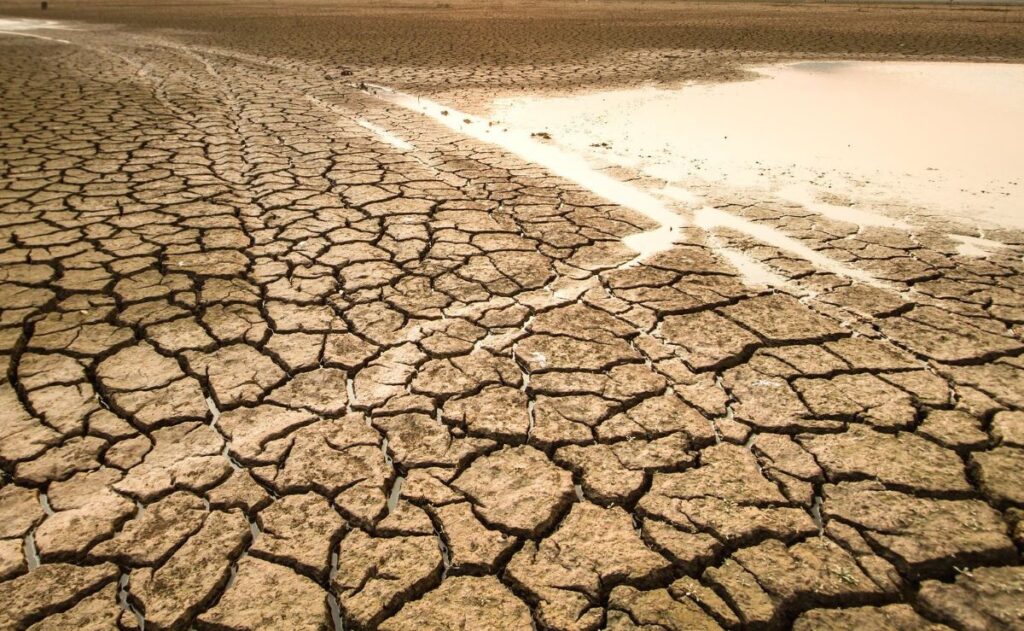A joint report released by the World Meteorological Organization (WMO) and the European Union’s Copernicus Climate Change Service has revealed that numerous nations in Europe experienced their warmest year on record in 2022. However, amidst this concerning trend, there is a glimmer of hope as renewable energy sources played a significant role in the region.
The State of the Climate in Europe 2022 report indicates that the effects of accelerated heating over the past decades have had profound impacts on the socio-economic fabric and ecosystems of the region. Extreme heatwaves, droughts, wildfires, marine heatwaves, and unprecedented glacier melt were some of the manifestations of this alarming phenomenon.
Europe’s average temperature in 2022 was approximately 2.3°C above the pre-industrial baseline used for the Paris Agreement. The report underscores that climate change is taking a toll on human lives, economies, and the environment.
WMO Secretary-General Petteri Taalas highlighted that the summer of 2022 was the hottest ever recorded. The scorching temperatures worsened severe drought conditions, fueling violent wildfires that resulted in the second-largest burnt area on record. Moreover, thousands of heat-associated excess deaths were reported.

Belgium, France, Germany, Ireland, Italy, Luxembourg, Portugal, Spain, Switzerland, and the United Kingdom all experienced their warmest year on record. Additionally, the summer in Europe was the hottest ever documented. Europe’s annual average temperature in 2022 ranked between the second and fourth highest on record, with an anomaly of around 0.79°C above the 1991–2020 average.
With below-average precipitation across much of the region, France experienced its driest January to September, while the United Kingdom faced its driest January to August since 1976. These conditions have had far-reaching consequences for agriculture and energy production. By July 26, Spain’s water reserves had dropped to just 41.9% of total capacity, with even lower levels in some basins.
Glaciers in Europe have lost approximately 880 cubic kilometers of ice between 1997 and 2022. The most affected were the Alps, where the average ice thickness reduced by 34 meters. In 2022, the Alps witnessed a record loss of mass in a single year, driven by low winter snowfall, an exceptionally warm summer, and deposits of dust from the Sahara. The melting of the Greenland Ice Sheet contributed around 14.9 mm to the global mean sea-level rise, and it continued to lose mass in 2022, according to the WMO report.
The North Atlantic experienced its warmest average sea surface temperatures on record, with significant portions of the region’s seas affected by powerful marine heatwaves. The rate of surface ocean warming, particularly in the eastern Mediterranean, the Baltic Sea, the Black Sea, and the southern Arctic, exceeded three times the global average.
The unprecedented heat stress Europeans endured in 2022 resulted in a significant number of weather-related excess deaths. According to data from the Emergency Events Database (EM-DAT), meteorological, hydrological, and climate-related hazards led to 16,365 reported fatalities and directly impacted 156,000 people in Europe last year.
The report’s co-authors warned that these distressing figures should not be regarded as isolated incidents but rather as part of a pattern that will make heat stress extremes more frequent and intense across the region. Dr. Carlo Buontempo, Director of the Copernicus Climate Change Service, emphasized that this understanding of the climate system and its evolution indicates the need to prepare for future events.
The report also sheds light on the implications of Europe’s extreme weather patterns for the energy system’s supply, demand, and infrastructure. Encouragingly, renewable energy sources made substantial progress in 2022. Wind and solar power accounted for 22.3% of the European Union’s electricity generation, surpassing natural gas, which stood at 20%.
“For the first time, more electricity was generated by wind and solar than by fossil gas in the EU. Increasing use of renewables and low-carbon energy sources is crucial to reduce dependence on fossil fuels,” remarked WMO Secretary-General Petteri Taalas, expressing hope for the future.